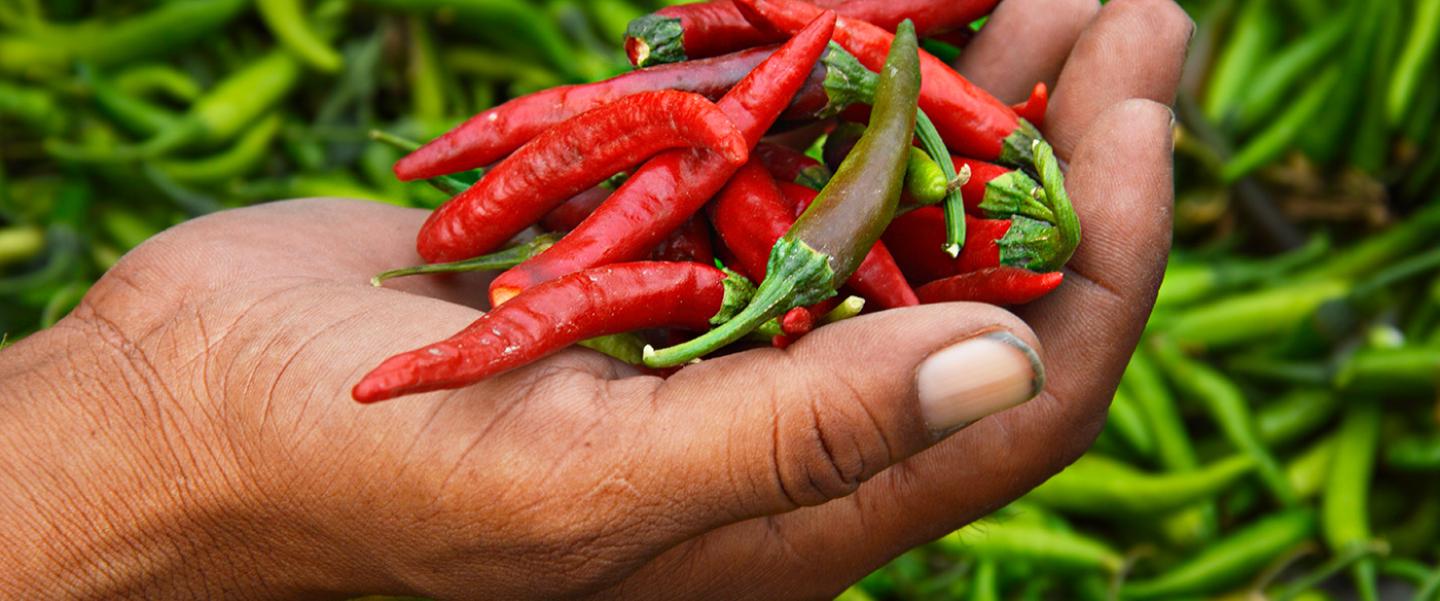HIGHLIGHTS
- In 2011, 44 percent of Mozambicans suffered from chronic malnutrition
- Abt expanded agricultural development services and public-private partnerships
- Generated $137 million in private investment and more than 27,000 jobs
The Challenge
In 2011, roughly 80 percent of Mozambicans earning their living from subsistence farming; more than 44 percent suffered from chronic malnutrition, and 34 percent faced perpetual hunger. Farm productivity was among the lowest in the world. Farmers used neither high-yielding, government-certified seed nor fertilizer, which was too expensive, and rainfall was unpredictable. But the country’s agriculture industry had assets; Mozambique isn’t landlocked and it has abundant resources. Bureaucratic fixes and political will could help farmers capitalize on these assets.
The Approach
Under USAID’s Agribusiness and Trade Competitiveness Program (AgriFUTURO), Abt implemented a strategy that included:
- Expanding agricultural development services to help small farmers become competitive.
- Fostering public-private partnerships with investors, commercial agribusinesses, and local cooperatives to boost productivity.
- Creating links to financial services for small and medium traders.
- Fostering a business-friendly economy for agribusinesses via policy changes and stakeholder education to make it easier to commercialize crops within key value chains.
The Results
From 2009-2015, the project generated $137 million in private investment and more than 27,000 jobs while increasing 130,000 farmers’ access to seeds, markets, finance, technology and mechanization services. More than 55,000 members of 1,400 project-assisted producer organizations benefited from the program’s services. The project boosted the income of rural farm families, expanded regional sales and exports, and introduced new technologies as 35,000 farmers adopted new practices. Learn more:
